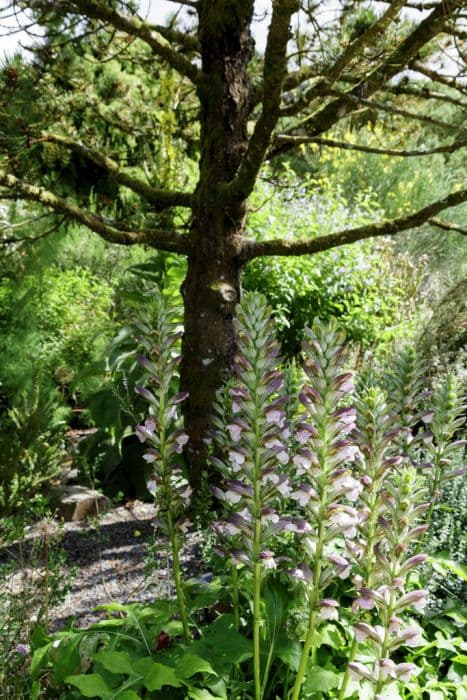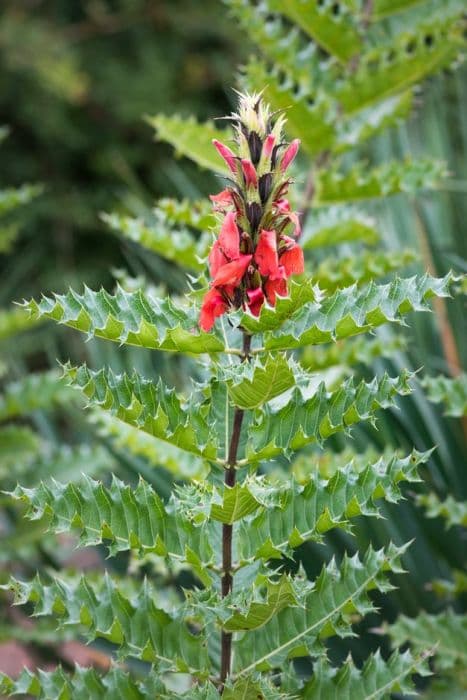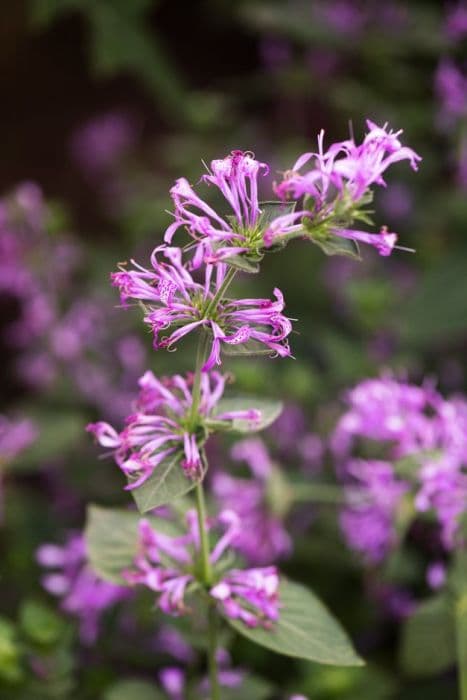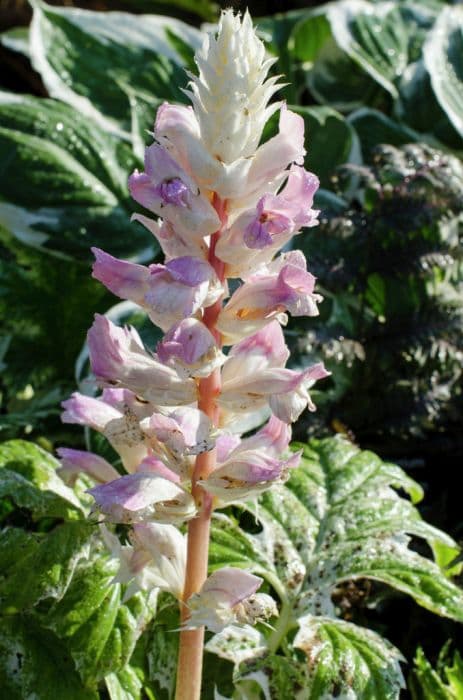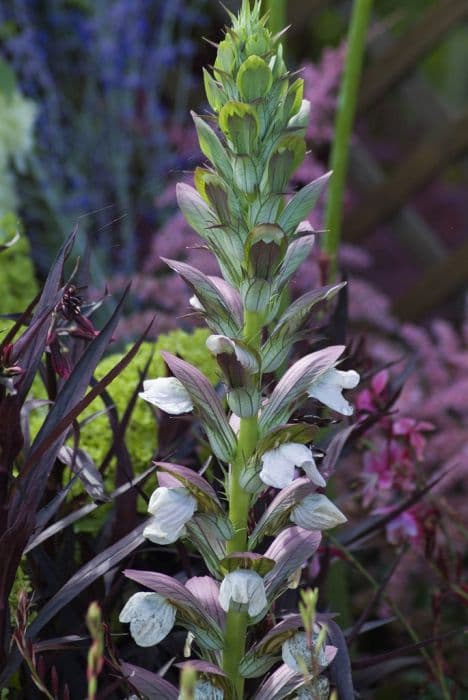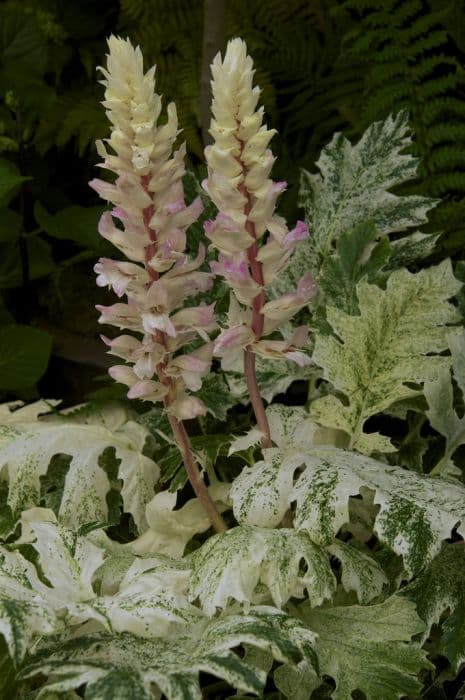Firecracker Flower Crossandra infundibuliformis











ABOUT
Crossandra, also known as the firecracker flower, is a vibrant and eye-catching plant characterized by its glossy green leaves and striking orange flowers. The leaves are elongated, with a slightly wavy edge and a pointed tip, creating a lush backdrop for the blossoms. The flowers themselves are tubular, with a flared, funnel-like shape that gives them a frilly appearance. These bloom clusters are formed at the tips of the branches, making the plant look like it is adorned with bright, fiery bursts, hence its common name. The overall impression of the Crossandra is one of vivid color and tropical charm, with a bushy, dense foliage that serves as a perfect setting for its spectacular, long-lasting flowers.
About this plant
 Names
NamesFamily
Acanthaceae.
Synonyms
Firecracker Flower, Kanakambaram, Crossandra, Tropic Flame, Firecracker Plant.
Common names
Crossandra coccinea, Crossandra undulifolia, Ruellia infundibuliformis, Ruellia undulata.
 Toxicity
ToxicityTo humans
The Firecracker Flower (Crossandra infundibuliformis) is not known to be toxic to humans. However, it is generally recommended to avoid ingesting parts of ornamental plants as a precaution, since there can be variations in individual reactions or potential allergies.
To pets
The Firecracker Flower (Crossandra infundibuliformis) is not listed as toxic to pets such as cats and dogs. As with humans, it is prudent to prevent pets from consuming plants. Some pets may have sensitive digestive systems and could experience mild gastrointestinal upset if they ingest plant material, even from non-toxic plants.
 Characteristics
CharacteristicsLife cycle
Perennials
Foliage type
Evergreen
Color of leaves
Green
Flower color
Orange
Height
1-3 feet (30-90 cm)
Spread
1-2 feet (30-60 cm)
Plant type
Shrub
Hardiness zones
10
Native area
India
Benefits
 General Benefits
General Benefits- Aesthetic Appeal: Crossandra, commonly known as firecracker flower, adds vibrant colors to gardens with its bright orange, red, or yellow flowers, which continuously bloom in warm climates.
- Ease of Care: It is relatively easy to grow and maintain under the right conditions, requiring moderate watering and warmth.
- Attract Pollinators: The bright flowers of the firecracker plant attract pollinators like bees, butterflies, and hummingbirds, supporting the local ecosystem.
- Heat Tolerance: The firecracker flower is known for its ability to thrive in hot temperatures, making it suitable for warm-climate gardens.
- Container Gardening: Due to its compact size, the plant is ideal for container gardening, allowing for decorative flexibility on patios, balconies, and indoors.
- Holiday Decor: In certain cultures, Crossandra is used during festivals and celebrations, such as in India where it's used for decoration during Diwali.
- Landscape Design: The firecracker flower can be used as a border plant or ground cover, providing structure and color contrasts in landscape designs.
- Long Blooming Season: Firecracker flowers have a long blooming period, which can last from spring to fall in the right conditions, offering extended enjoyment.
 Medical Properties
Medical Properties- Anti-inflammatory: Crossandra infundibuliformis is said to have anti-inflammatory properties, potentially aiding in reducing inflammation.
- Antibacterial: The plant may have antibacterial effects against certain types of bacteria.
- Antioxidant: It may contain compounds that exhibit antioxidant activity, helping to neutralize harmful free radicals in the body.
- Wound healing: There is some indication that Crossandra infundibuliformis could help in the healing of wounds due to its potential medicinal properties.
- Antipyretic: Traditionally, it might be used to reduce fever, although clinical evidence is lacking.
- Analgesic: The plant may alleviate pain, acting as a natural painkiller to some extent.
 Air-purifying Qualities
Air-purifying QualitiesThis plant is not specifically known for air purifying qualities.
 Other Uses
Other Uses- Crossandra, also known as the firecracker flower, is often used in religious ceremonies in India, particularly in creating garlands for offerings to deities.
- The vibrant flowers of the crossandra are sometimes used to prepare natural dyes for fabrics, giving textiles a soft orange to pinkish hue.
- In certain traditions, the flowers are used as natural indicators for pH balance, changing color in varying acidity levels, similar to litmus tests.
- Gardeners may use crossandra as a way to attract pollinators like bees and butterflies, enhancing the pollination of nearby plants.
- The plant's ability to thrive in high-humidity environments makes it an ideal choice for adding ornamental value to bathrooms and terrariums.
- The leaves of the crossandra can be used as natural green mulch, adding nutrients to the soil as they decompose.
- It's used in cultural fashion, where the flowers are woven into hair accessories for traditional dances and ceremonies.
- Due to its bright and attractive flowers, crossandra is used for educational purposes, such as teaching botany and flower anatomy.
- The sturdy stems of the plant make it useful in crafting small supports or stakes for other less robust plants in gardening.
- In landscaping, crossandra can function as a living ground cover, reducing soil erosion and suppressing weed growth with its dense foliage.
Interesting Facts
 Feng Shui
Feng ShuiThe Crossandra is not used in Feng Shui practice.
 Zodiac Sign Compitability
Zodiac Sign CompitabilityThe Crossandra is not used in astrology practice.
 Plant Symbolism
Plant Symbolism- Persistent Love - Often given as a gift to express steadfast affection and commitment, Crossandra infundibuliformis, commonly known as the firecracker flower, is associated with love that endures through challenges.
- Vibrant Beauty - With its striking, vibrant orange flowers, the firecracker flower symbolizes captivating beauty that grabs attention and symbolizes a lively spirit.
- Prosperity and Wealth - In some cultures, the lush growth and colorful blooms of the firecracker flower represent a wish for prosperity and an abundance of resources.
 Water
WaterCrossandra, commonly known as Firecracker Flower, requires consistent moisture and should never be allowed to dry out completely. Water the plant deeply once a week with approximately 16 ounces of water, ensuring that the soil is moist but not soggy. During the hotter summer months, you may need to water twice a week depending on the climate and indoor conditions. Decrease the frequency to as needed during the cooler months while ensuring the soil does not become too dry. Always check the top inch of the soil for dryness before watering again.
 Light
LightCrossandra, or Firecracker Flower, thrives best in bright indirect sunlight. Place it near a window that receives ample light but is shielded from the direct harsh rays of the sun, especially during the hot afternoon hours. An east or west-facing window is an ideal spot for this plant, providing the light conditions it needs for optimal growth and vibrant flowering.
 Temperature
TemperatureFirecracker Flower prefers warm temperatures, ideally between 60 and 85 degrees Fahrenheit. It can survive a minimum temperature of 50 degrees Fahrenheit but may suffer if temperatures drop lower. To ensure robust growth, maintain indoor temperatures within this range and avoid exposing the Crossandra to drafts or sudden temperature changes.
 Pruning
PruningPrune the Firecracker Flower to encourage bushier growth and to remove any faded or dead flowers. This should be done periodically throughout its blooming season, typically spring through fall. The best time for heavier pruning is in the late winter or early spring, just before the onset of the new growth cycle.
 Cleaning
CleaningAs needed
 Soil
SoilFirecracker Flower thrives in rich, well-draining soil with a pH between 6.0 and 6.5. A mix of peat, perlite, and compost is ideal for this plant, ensuring adequate aeration and moisture retention.
 Repotting
RepottingFirecracker Flower should be repotted every 1-2 years to refresh the soil and accommodate root growth. Young plants may need annual repotting, while mature plants can be repotted less frequently.
 Humidity & Misting
Humidity & MistingThe Firecracker Flower prefers high humidity conditions, around 50-60%. It flourishes in environments that simulate its native tropical climate.
 Suitable locations
Suitable locationsIndoor
Place in bright, indirect light and ensure high humidity.
Outdoor
Plant in partial shade, protect from strong winds and cold.
Hardiness zone
10-11 USDA
 Life cycle
Life cycleThe life cycle of Crossandra infundibuliformis, commonly known as the Firecracker Flower, starts with seed germination after the seeds are scattered from the exploding seed pods, a trait that gives the plant its common name. The germinated seed develops into a seedling with characteristic glossy green leaves. As it matures, the seedling grows into a bushy perennial plant, which starts to produce clusters of flowers ranging in color from the common bright orange to red, pink, or yellow. These flowers are tubular, lobed, and appear primarily in warmer months or nearly year-round in tropical climates. After pollination, which is mostly carried out by insects, the flowers develop into seed pods that expand until they burst, spreading the seeds for the next generation. The plant may live for several years, going through repeated cycles of flowering and seed setting within its lifespan.
 Propogation
PropogationPropogation time
Spring to Summer
Crossandra, also known as the firecracker flower, can be propagated by seeds or by stem cuttings. The most popular method for propagating Crossandra infundibuliformis is via stem cuttings. This method is typically done in late spring or early summer when growth is vigorous. To propagate by cuttings, a gardener would take a 4 to 6 inch (10 to 15 cm) stem section, making sure it includes at least one set of leaves. The lower leaves are removed, and the cut end is dipped in rooting hormone powder to encourage root development. The cutting is then planted in a moist potting mix, ensuring at least one node (where the leaves were removed) is buried, as roots will form from this area. The potted cutting is kept in a warm, brightly lit area but out of direct sunlight, and the soil is kept consistently moist until the cutting has rooted, which is usually evident by new growth.

